Best Size Braided Surf Fishing Line For 2024
Selecting the right size for your braided surf fishing line in 2024 is crucial for a successful and enjoyable fishing experience. The size of your fishing line plays a vital role in determining its strength, casting distance, and overall performance in different surf conditions.
In this dynamic year, where advancements in fishing gear are always evolving, understanding the key factors that influence the choice of line size will help you make an informed decision.
Whether you’re targeting specific species, considering casting distance, or adapting to changing fishing trends, finding the best size ensures that your tackle is optimized for the challenges and opportunities that the surf fishing scene presents in 2024.
Also Read: 7 Best Types of Knots for Fishing
Key Factors to Consider When Choosing Line Size
There are a few key factors to take into account when deciding on the best line size for your surf fishing needs:
Strength
The braided line is significantly stronger than monofilament or fluorocarbon lines of the same diameter. However, smaller diameter lines will still be more susceptible to abrasions from rocks, shells, and other hazards common in the surf zone. Larger line sizes provide extra strength to withstand heavy pulls from large fish and reduce the risk of the line breaking.
Castability
Heavier lines don’t cast as far as very thin braided lines. If you need to cast baits long distances in windy conditions, a lighter line may be preferable. However, smaller diameters can become overloaded more easily when fighting big fish.
Knot Strength
While the braid is solid, the knot where it attaches to your hook, swivel, or leader material is still the weakest point. Thicker braid forms stronger, more reliable knots.
Feel
You’ll have improved feedback and sensitivity with thinner braided lines to detect subtle bites. However, larger diameter braids allow you to feel better when a fish picks up or spits out your bait.
Cost
Heavier and wider braided lines tend to cost more on a per-yard basis compared to thinner diameters. Consider your budget as well as expected fishing conditions and typical target species.
Longevity
Smaller line diameters wear down faster than thicker braids when facing abrasive surf conditions over many uses. The bigger line offers better longevity for the money.
Recommended Braided Line Sizes for Surf Fishing
Given the variety of fish species that can be targeted from surf zones as well as different local conditions, here are some suggested line sizes that have proven very effective:
15-20 Pound Test
This is a good “do-it-all” line for lighter surf fishing applications. It can handle a variety of panfish and smaller sharks and rays while maintaining casting distance and good sensitivity. Good choices include Power Pro Braid (15-20 lb), Sufix 832 Advanced Braid (15 lb), and Seaguar Blue Label (15-20 lb).
20-30 Pound Test
A popular heavier multi-purpose option. It pairs well with lighter rod and reel combo outfits to battle medium-sized fish without sacrificing much distance. Great for conditions with rocky hazards. Top picks are Power Pro Super Slick (20-30 lb), Sunline Shooter FC Sniper (20-25 lb), and KastKing Superpower Braid (20-30 lb).
30-50 Pound Test
Ideal for heavier surf fishing methods like long casting plugs, bait, and bucktails as well as chasing larger inshore species like redfish, black drum, and sharks. Provides a safe margin of error against break-offs. Well-rated models include Tritanium Ultra Strong Braid (35-50 lb), Spiderwire Ultracast (30-50 lb), and Berkley Trilene Big Game (30-50 lb).
50-80 Pound Test
Needed only for extreme surge areas with large offshore fish potential. Extra strength is recommended over sensitivity. Savvy anglers like Ande Tournament ProBraid (50-80 lb), Daiwa J Braid-X8 (65 lb), and Sufix 832 Advanced Superline (65-80 lb) in these high test ratings.
Additional Tips for Using Braided Lines in the Surf
Here are some extra pointers to maximize the lifespan and performance of your braided surf fishing line:
Use a Shock Leader
Always employ a 4-6 foot fluorocarbon or monofilament leader between your braid and lure/hook to prevent line cuts from abrasive objects and biting teeth. This protects both your investment in the braided line as well as the hooked fish.
Rinse After Each Use
Saltwater is very corrosive to the line over time. Extend life dramatically by rinsing the line thoroughly with fresh water before reeling it onto your reel after surf fishing trips. Air dry completely before future usage or storage.
Inspect Frequently for Issues
Check the line regularly for frays, nicks, and other signs of weak spots that could lead to breakage when battling fish. Immediately cut out and re-spool damaged sections.
Store Protected From UV Rays
Direct sunlight speeds damage to the line from oxidation, fading, and embrittlement. Keep new spools inside protective packaging or covered reel cases in high-sun areas when not in use.
Consider a Backing Choice
A 150-300 yard “backing” spool of heavier, cheaper monofilament underneath your braid adds strength against toothy fish runs and avulsive bites when your fly (or other lure) gets munched deep. This saves the pricey braid.
Give Line a “Shake Down” Before Fishing
Once spooled, it’s a good idea to give the new braid some gentle stretches and shocks to “seat” it properly on the spool before heading out to fish. This improves casting performance and reduces the risk of snarls.
What size braid to use for surf fishing?
The size of the braided fishing line you use for surf fishing depends on various factors, including the species of fish you’re targeting, the conditions of the surf, and your personal preferences. Here are some general guidelines to help you choose the appropriate size of braid for surf fishing:
It’s important to note that the pound test rating of the braided line is not equivalent to the diameter of the monofilament line. Braided lines are thinner and have a smaller diameter compared to monofilament lines of the same pound test. This allows for increased line capacity on your reel and better casting distance.
Consider the specific conditions of the surf, such as the presence of rocks or abrasive structures, which may require a more abrasion-resistant braided line. Additionally, pay attention to the rod and reel you are using, as they should be compatible with the chosen line size.
Always check local regulations regarding fishing line types and sizes, and be mindful of the fishing conditions to ensure you have the appropriate equipment for a successful surf fishing experience.
What size braided line should I get?
Choosing the right size of braided fishing line depends on various factors, including the type of fish you’re targeting, the fishing conditions, and your personal preferences. Here are some important steps:
Targeted Species: Consider the size and species of fish you plan to catch. Smaller species may require lighter lines, while larger and more powerful fish may necessitate heavier lines. For example, if you’re targeting bass or panfish, you might use a lighter line like a 10-20 pound test, while for larger saltwater species, you might opt for a 30-50 pound test or more.
Fishing Environment: The type of environment you’ll be fishing in also matters. In open water or areas with minimal structure, you may be able to use lighter lines. However, if you’re fishing around structures like rocks or in areas with heavy cover, you might need a heavier line to handle potential abrasion.
Casting Distance: If long casting distance is crucial for your fishing style, you might choose a thinner diameter braided line, as thinner lines typically have less air resistance and can cast farther. However, be mindful that thinner lines may sacrifice some strength.
Rod and Reel Compatibility: Ensure that the braided line you choose is compatible with the specifications of your fishing rod and reel. Check the recommended line capacity and the line weight range indicated by the manufacturer.
Fishing Technique: Different fishing techniques may require different line sizes. For example, finesse techniques may benefit from lighter lines, while heavy cover or deep-sea fishing may require heavier lines.
Best Braid for Long Distance Casting
Here are some of the best-braided lines for long-distance casting:
Braided Fishing Line for Saltwater
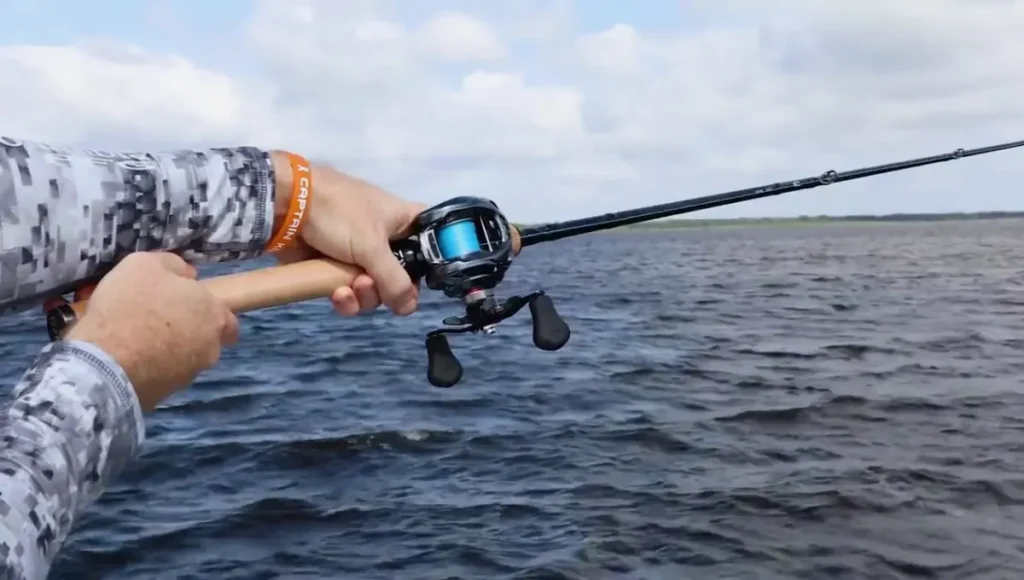
Choosing the right braided fishing line for saltwater fishing involves considering factors such as the type of fish you’re targeting, the conditions of the saltwater environment, and your preferred fishing techniques. Here are some popular braided fishing lines that are often suitable for saltwater use:
What is the best brand of braid for surf fishing?
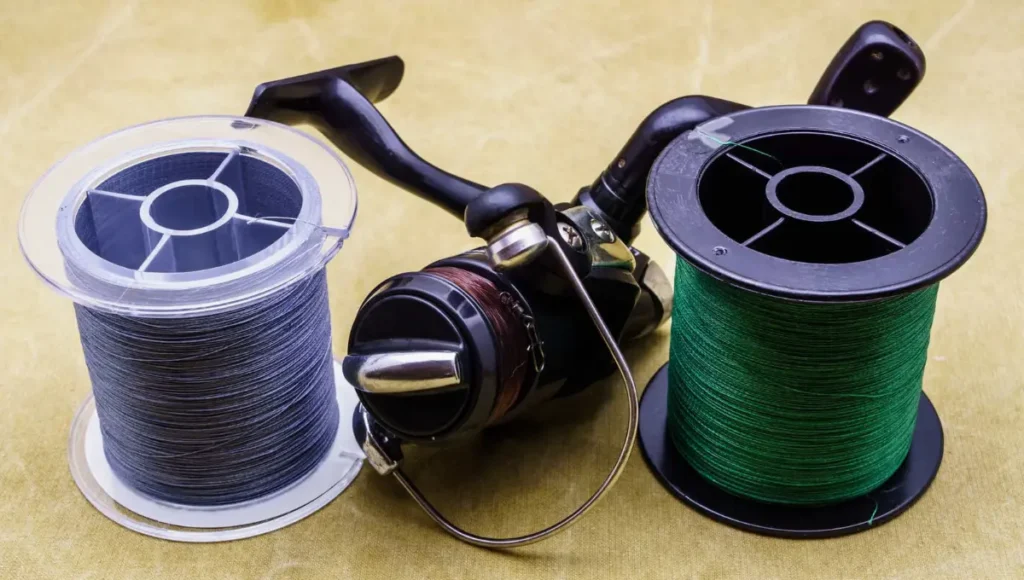
The “best” brand of braided fishing line for surf fishing can vary based on personal preferences, fishing conditions, and the specific requirements of the angler. Different anglers may have different opinions on what works best for them. However, several reputable brands are well-regarded for producing high-quality braided lines suitable for surf fishing. Here are a few popular brands:
Why is a braided line great for surf fishing?
Braided fishing lines are popular choices for surf fishing for several reasons, and their characteristics make them well-suited for this particular type of fishing. Here are some reasons why braided lines are great for surf fishing:
Frequently Asked Questions
Conclusion
Choosing the best size for your braided surf fishing line in 2024 depends on various factors. For general surf fishing targeting a range of species, a 20 to 30-lb braided line is a versatile and commonly used choice. This provides a good balance between strength and castability. However, the specific conditions, the size of the fish you’re targeting, and your personal preferences can influence the ideal size for your fishing needs.
Consider the type of environment you’ll be fishing in, the casting distance required, and the compatibility with your rod and reel. It’s always helpful to consult with local anglers who are familiar with the current conditions and trends in your area.
Ultimately, the best size for your braided surf fishing line is the one that suits your specific fishing situation, offering the right combination of strength, sensitivity, and castability for a successful and enjoyable fishing experience in 2024.
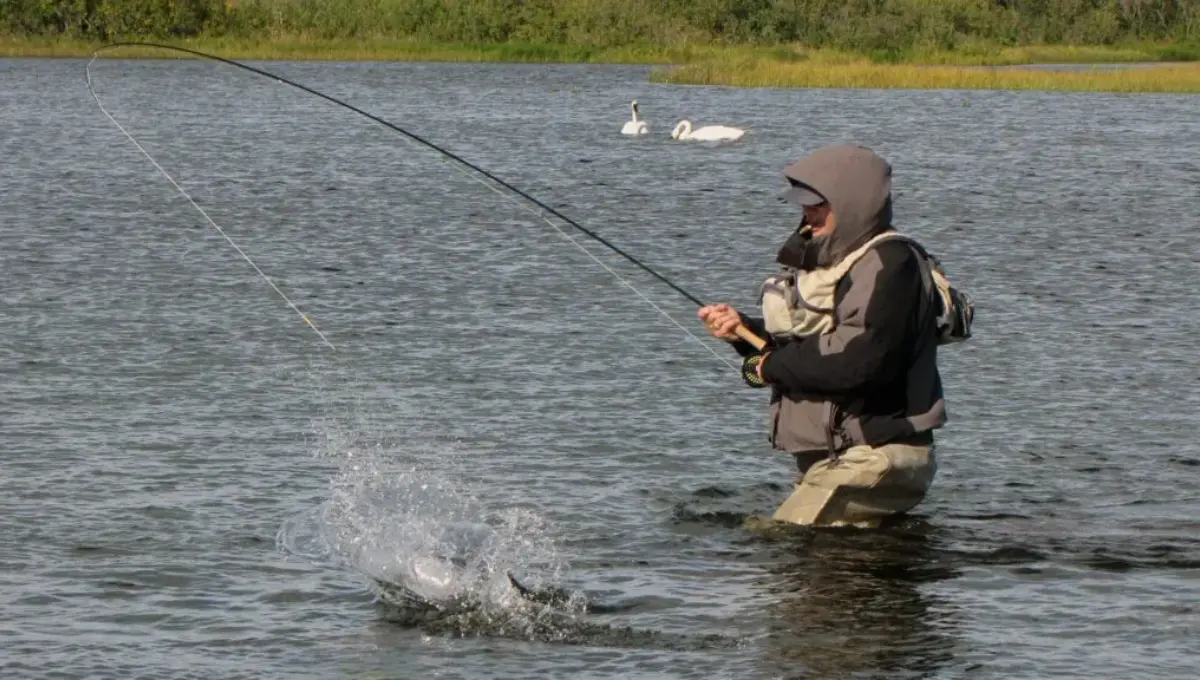

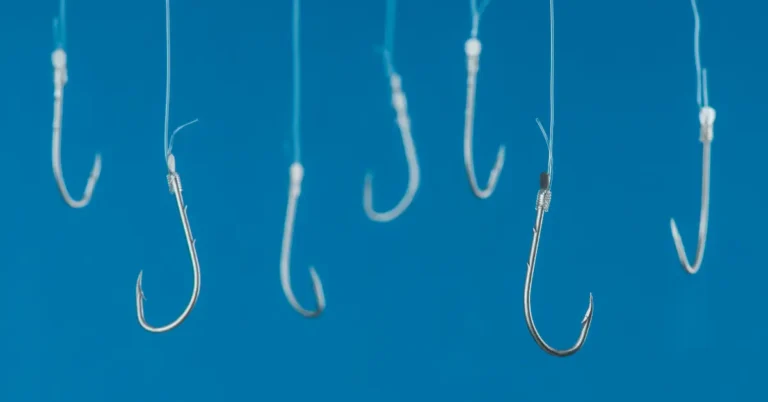
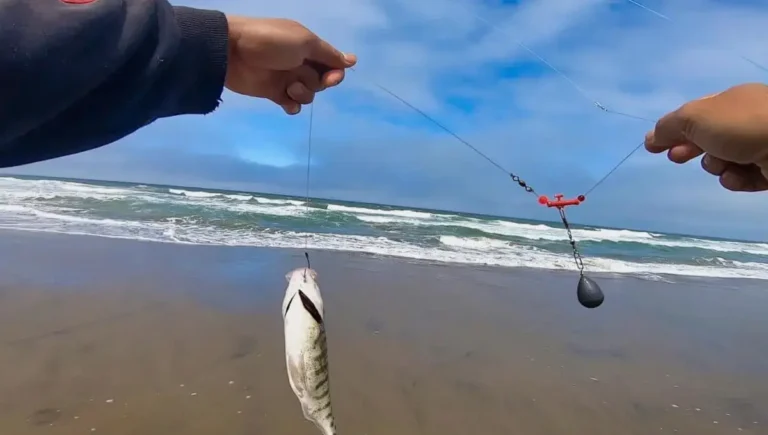
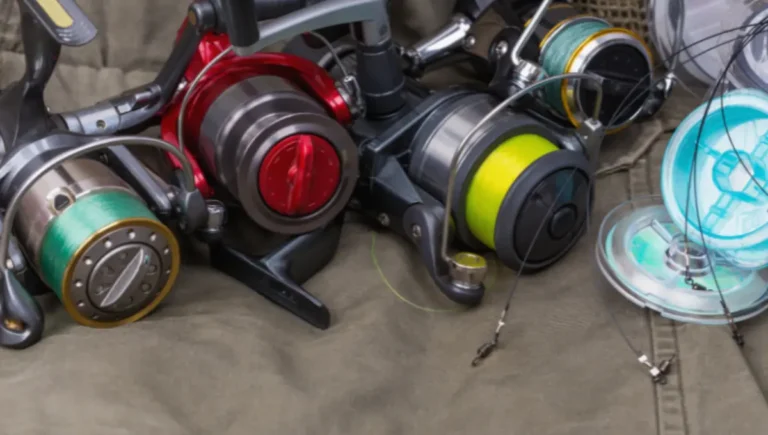
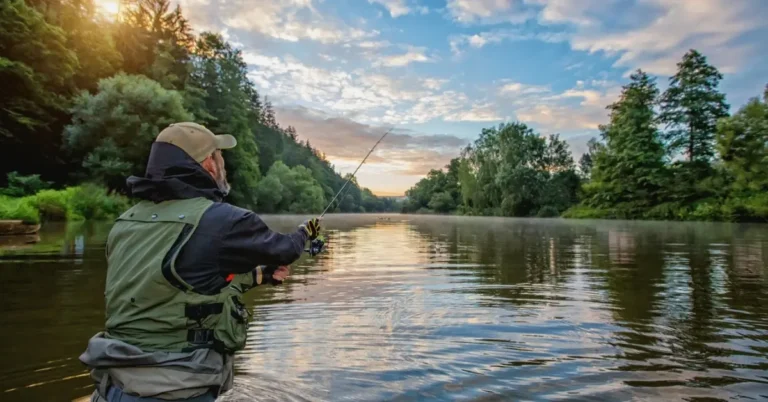
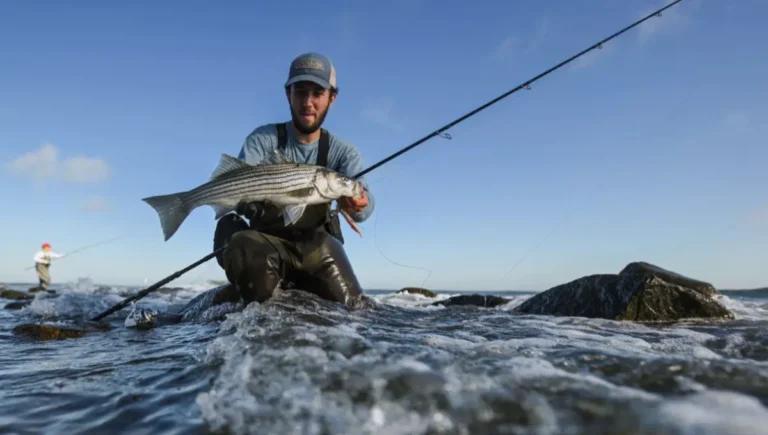
One Comment